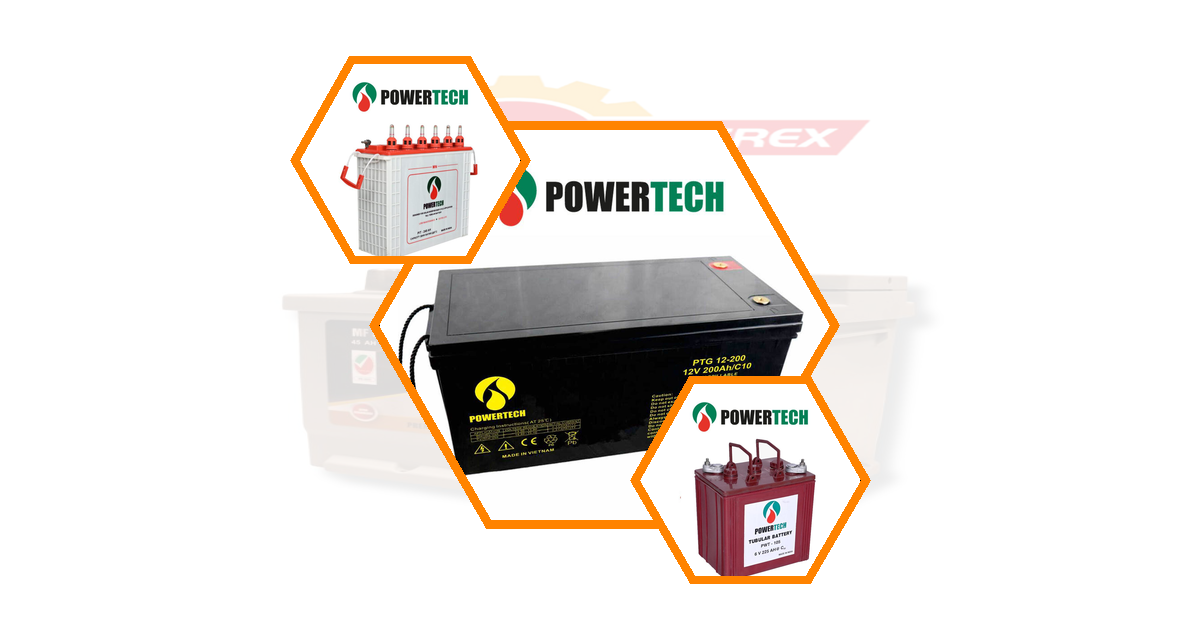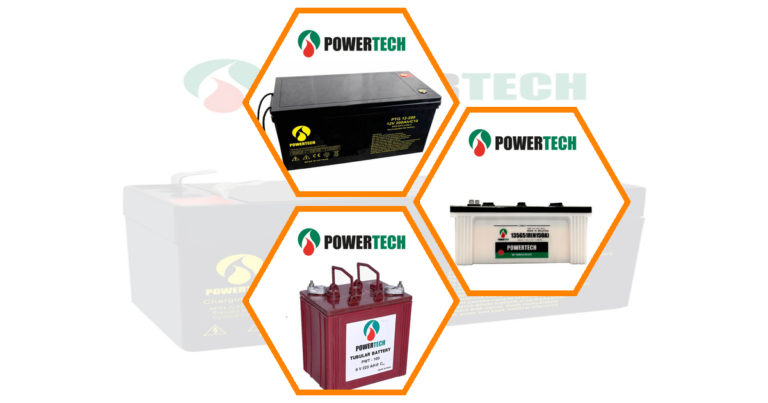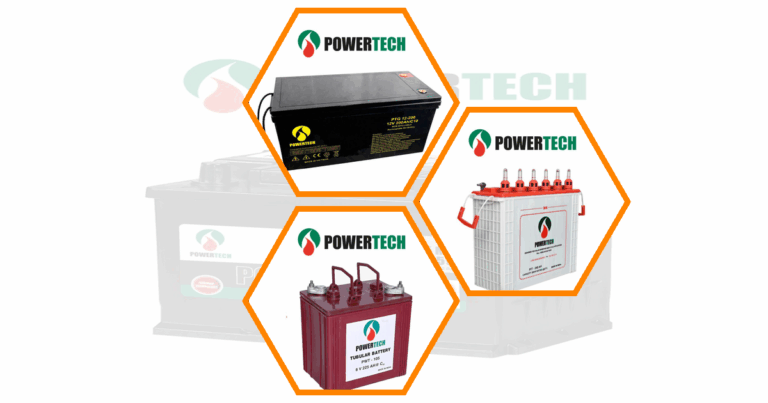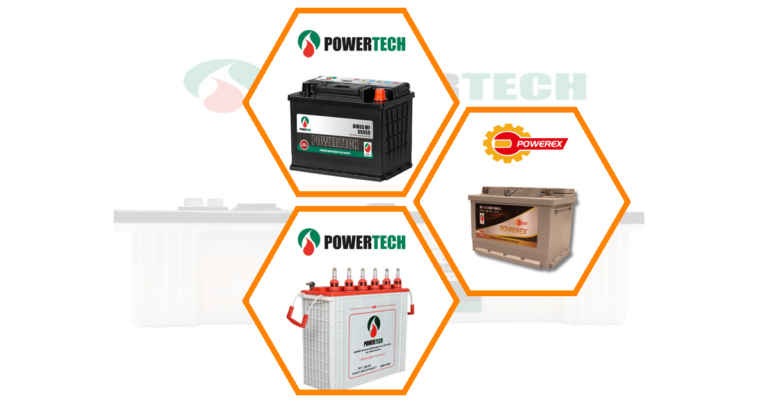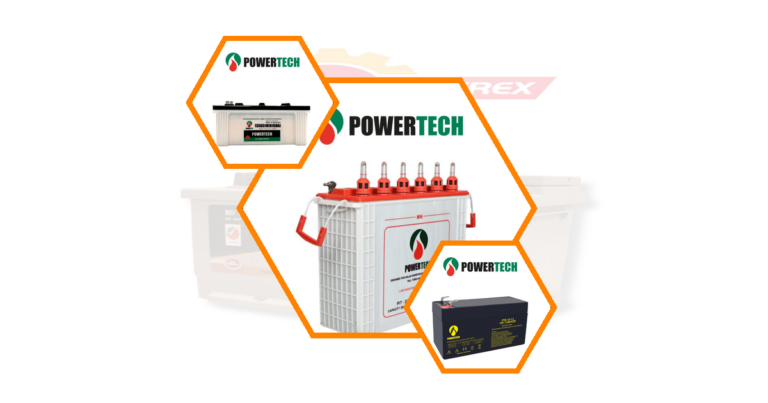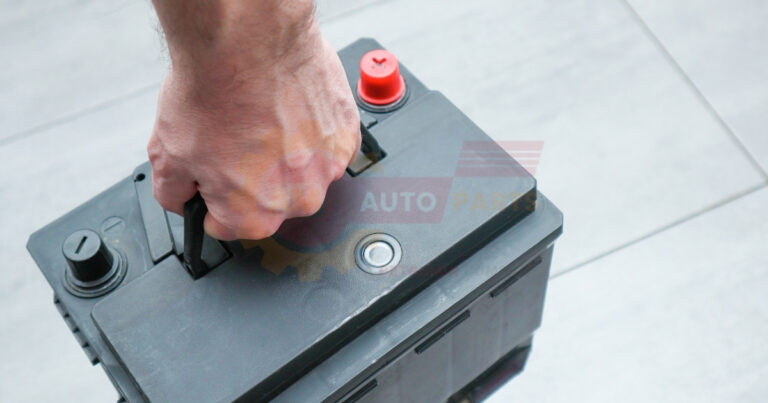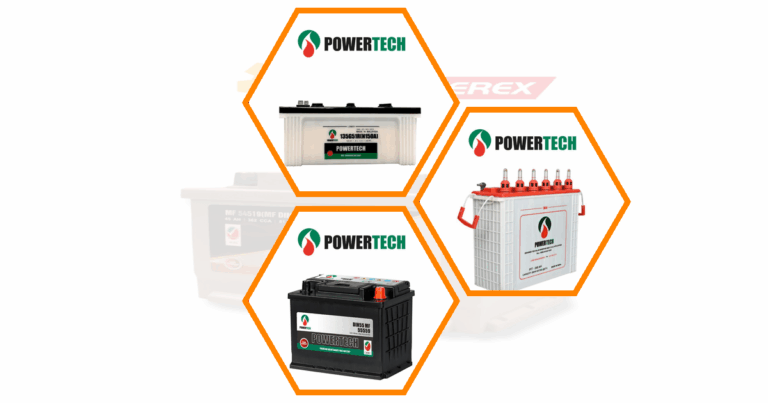Choosing the Right Battery Charger: A Comprehensive Guide
Selecting the right battery charger is crucial for ensuring the longevity and efficiency of your batteries. Whether you’re powering a car, a smartphone, or industrial equipment, understanding charger selection and battery compatibility is essential. This guide will walk you through the key considerations to help you make an informed decision.
Battery Charger Selection and Compatibility
Types of Battery Chargers
Battery chargers come in various types, each designed for specific applications. The most common types include trickle chargers, smart chargers, and fast chargers. Trickle chargers provide a slow, steady charge, ideal for maintaining battery levels over time. Smart chargers, on the other hand, adjust the charging rate based on the battery’s condition, preventing overcharging. Fast chargers deliver a quick charge but may not be suitable for all battery types.
- Trickle Chargers : Slow and steady, ideal for maintenance.
- Smart Chargers : Adaptive charging, prevents overcharging.
- Fast Chargers : Quick charging, not always suitable for all batteries.
Importance of Matching Charger to Battery Specifications
Matching the charger to the battery’s specifications is vital to avoid damage and ensure optimal performance. Each battery has specific voltage and amperage requirements that must be met by the charger. Using a charger with incorrect specifications can lead to overheating, reduced battery life, or even safety hazards.
- Voltage Requirements : Ensure the charger’s voltage matches the battery.
- Amperage Requirements : Check the charger’s amperage output.
- Safety Hazards : Avoid mismatched chargers to prevent damage.
Safety Considerations in Charger Selection
Safety should always be a priority when selecting a battery charger. Look for chargers with built-in safety features such as overcharge protection, short-circuit prevention, and temperature control. These features help prevent accidents and extend the life of your battery.
- Overcharge Protection : Prevents battery damage.
- Short-Circuit Prevention : Reduces risk of electrical faults.
- Temperature Control : Maintains safe charging conditions.
Factors to Consider When Choosing a Battery Charger
Voltage and Amperage Requirements
Understanding the voltage and amperage requirements of your battery is crucial. Chargers must match these specifications to ensure efficient and safe charging. A mismatch can lead to inefficient charging or potential damage to the battery.
- Voltage Matching : Align charger voltage with battery needs.
- Amperage Compatibility : Ensure charger amperage is suitable.
- Efficiency : Proper matching enhances charging efficiency.
Charging Time and Efficiency
Charging time and efficiency are important factors to consider. Fast chargers can save time but may not be suitable for all batteries. Consider the balance between speed and battery health when selecting a charger.
- Fast Charging : Saves time, may affect battery health.
- Efficiency : Look for chargers with high efficiency ratings.
- Balance : Weigh speed against potential battery wear.
Smart Charging Features
Smart chargers offer advanced features that enhance charging efficiency and battery life. These chargers can detect the battery’s condition and adjust the charging rate accordingly, preventing overcharging and extending battery life.
- Adaptive Charging : Adjusts rate based on battery condition.
- Battery Life Extension : Prevents overcharging.
- Efficiency : Optimizes charging process.
Portability and Durability
For those on the go, portability and durability are key considerations. Look for chargers that are compact, lightweight, and built to withstand wear and tear. Durable chargers are essential for outdoor or travel use.
- Compact Design : Easy to carry and store.
- Durability : Built to last, withstands rough conditions.
- Travel-Friendly : Ideal for frequent travelers.
Lithium-Specific vs. Standard Chargers
Key Differences and Advantages
Lithium-specific chargers are designed to meet the unique needs of lithium batteries. These chargers offer precise voltage and current control, which is crucial for maintaining the health of lithium batteries. Standard chargers may not provide the same level of control, potentially leading to reduced battery life.
- Voltage Control : Essential for lithium battery health.
- Current Regulation : Prevents overcharging.
- Battery Longevity : Enhances lifespan of lithium batteries.
When to Use Lithium-Specific Chargers
Lithium-specific chargers should be used whenever you’re charging lithium-ion or lithium-polymer batteries. These chargers are tailored to the chemistry of lithium batteries, ensuring safe and efficient charging.
- Lithium-Ion Batteries : Use lithium-specific chargers.
- Lithium-Polymer Batteries : Require precise charging control.
- Safety : Reduces risk of battery damage.
Compatibility with Other Battery Types
While lithium-specific chargers are ideal for lithium batteries, they may not be suitable for other types. Always check the charger’s compatibility with your battery type to avoid potential issues.
- Check Compatibility : Ensure charger matches battery type.
- Avoid Mismatches : Prevents damage to non-lithium batteries.
- Versatility : Some chargers support multiple battery types.
Maximizing Battery Life Through Proper Charging
Optimal Charging Practices
To maximize battery life, follow optimal charging practices. Avoid letting batteries fully discharge before recharging, and try to keep them between 20% and 80% charged. This helps maintain battery health and longevity.
- Avoid Full Discharge : Recharge before battery is empty.
- Maintain Charge Levels : Keep between 20%-80%.
- Battery Health : Prolongs battery lifespan.
Avoiding Overcharging and Undercharging
Overcharging and undercharging can significantly reduce battery life. Use chargers with built-in protection features to prevent these issues and ensure your battery remains in good condition.
- Overcharge Protection : Prevents battery damage.
- Undercharge Prevention : Ensures full battery capacity.
- Protection Features : Look for built-in safeguards.
Temperature Management During Charging
Temperature management is crucial during charging. High temperatures can damage batteries, so ensure your charger has temperature control features to maintain safe charging conditions.
- Temperature Control : Prevents overheating.
- Safe Charging : Maintains optimal conditions.
- Battery Protection : Reduces risk of damage.
Troubleshooting Common Battery Charging Issues
Identifying Charging Problems
Identifying charging problems early can prevent further damage. Common issues include slow charging, incomplete charging, or the battery not holding a charge. Regularly check your battery and charger for signs of trouble.
- Slow Charging : Check charger and battery health.
- Incomplete Charging : Ensure proper connections.
- Battery Health : Monitor for signs of wear.
Solutions for Slow or Incomplete Charging
If you experience slow or incomplete charging, check the charger’s connections and ensure it’s compatible with your battery. Sometimes, replacing the charger or battery may be necessary.
- Check Connections : Ensure secure and clean connections.
- Compatibility : Verify charger matches battery specs.
- Replacement : Consider new charger or battery if issues persist.
When to Replace a Charger or Battery
Knowing when to replace a charger or battery is important for maintaining performance. If your charger or battery shows signs of wear or damage, it’s time to consider a replacement.
- Signs of Wear : Look for physical damage or performance issues.
- Performance Decline : Replace if efficiency drops.
- Safety : Prioritize safe and reliable equipment.
What is the Difference Between a Trickle Charger and a Smart Charger?
Trickle Charger Functionality
Trickle chargers provide a slow, continuous charge, ideal for maintaining battery levels over time. They are best used for batteries that are not frequently used, as they prevent discharge.
- Continuous Charge : Maintains battery levels.
- Ideal for Storage : Keeps infrequently used batteries charged.
- Prevents Discharge : Ensures battery readiness.
Smart Charger Features and Benefits
Smart chargers offer advanced features such as adaptive charging and overcharge protection. They adjust the charging rate based on the battery’s condition, ensuring efficient and safe charging.
- Adaptive Charging : Adjusts rate for optimal charging.
- Overcharge Protection : Prevents battery damage.
- Efficiency : Enhances charging process.
Choosing Between Trickle and Smart Chargers
Choosing between a trickle and smart charger depends on your needs. Trickle chargers are ideal for maintenance, while smart chargers offer more advanced features for regular use.
- Maintenance Needs : Choose trickle for infrequent use.
- Advanced Features : Opt for smart chargers for regular use.
- Battery Type : Consider battery compatibility.
How Do I Know if My Battery Charger is Compatible?
Checking Voltage and Amperage Ratings
To ensure compatibility, check the voltage and amperage ratings of both the charger and battery. They must match to ensure safe and efficient charging.
- Voltage Matching : Align charger and battery voltage.
- Amperage Compatibility : Ensure suitable amperage.
- Safe Charging : Prevents damage and inefficiency.
Verifying Connector Types
Connector types must also be compatible. Ensure the charger’s connectors match the battery’s to avoid connection issues.
- Connector Match : Ensure compatibility.
- Avoid Issues : Prevents connection problems.
- Secure Fit : Ensures reliable charging.
Consulting Manufacturer Specifications
Always consult the manufacturer’s specifications for both the charger and battery. This ensures compatibility and prevents potential issues.
- Manufacturer Guidelines : Follow for compatibility.
- Prevent Issues : Ensures safe and efficient charging.
- Reliable Information : Trust manufacturer recommendations.
Can I Use a Car Battery Charger on a Deep Cycle Battery?
Understanding Deep Cycle Battery Requirements
Deep cycle batteries have specific charging requirements. They are designed for long, steady power output and require chargers that can provide a consistent charge.
- Consistent Charge : Essential for deep cycle batteries.
- Long Power Output : Designed for steady use.
- Specific Requirements : Ensure charger compatibility.
Risks of Using Incompatible Chargers
Using an incompatible charger on a deep cycle battery can lead to damage. It may cause overheating or reduce the battery’s lifespan.
- Overheating Risk : Incompatible chargers can cause damage.
- Reduced Lifespan : Affects battery longevity.
- Safety Concerns : Prioritize compatible chargers.
Recommended Chargers for Deep Cycle Batteries
For deep cycle batteries, use chargers specifically designed for them. These chargers provide the necessary power and protection to maintain battery health.
- Specific Chargers : Designed for deep cycle needs.
- Power and Protection : Ensures battery health.
- Optimal Performance : Maintains efficiency and longevity.
Industrial Battery Charger Selection for Material Handling
Specific Requirements for Industrial Applications
Industrial applications require chargers that can handle high power demands and frequent use. Look for chargers with robust construction and high efficiency.
- High Power Demand : Suitable for industrial use.
- Robust Construction : Built for frequent use.
- Efficiency : Essential for industrial applications.
Charging Profiles and Modes
Industrial chargers often offer various charging profiles and modes to suit different battery types and usage patterns. This flexibility is crucial for maintaining battery health.
- Flexible Profiles : Adapt to different battery needs.
- Usage Patterns : Tailor charging to application.
- Battery Health : Maintains optimal performance.
Safety Features and Compliance Standards
Safety features and compliance with industry standards are critical for industrial chargers. Look for chargers with certifications and built-in safety mechanisms. Reliable RV powerhouses Battery recycling matters because it helps protect our environment and saves valuable materials Recycling batteries keeps harmful chemicals out of landfills and allows us to reuse important metals
Electric vehicle safety is about making sure electric cars are safe to drive and use These cars have special features to protect people from electrical problems and accidents Battery charging troubles can be frustrating when your device won’t power up Common issues include faulty cables damaged ports or worn-out batteries
Automotive energy solutions help cars and trucks use different types of power to run These solutions include electric batteries fuel cells and cleaner fuels for vehicles
- Safety Mechanisms : Prevent accidents and damage.
- Industry Standards : Ensure compliance.
- Certifications : Look for recognized approvals.
Solar Panel and Battery Charger Compatibility
Matching Solar Panels to Battery Systems
When using solar panels, it’s important to match them to your battery system. This ensures efficient energy transfer and optimal charging.
- Energy Transfer : Match panels to battery system.
- Optimal Charging : Ensures efficiency.
- System Compatibility : Prevents issues.
Charge Controllers for Solar Applications
Charge controllers are essential for solar applications. They regulate the energy flow from the panels to the battery, preventing overcharging and ensuring efficient use of solar power.
- Energy Regulation : Controls flow from panels.
- Prevents Overcharging : Protects battery health.
- Efficient Use : Maximizes solar power.
Optimizing Solar Charging Efficiency
To optimize solar charging efficiency, ensure your system is properly configured. This includes using the right charge controller and matching panel output to battery capacity.
- Proper Configuration : Ensures efficiency.
- Right Controller : Essential for optimal charging.
- Capacity Matching : Aligns panel output with battery.
FAQs
What is the best way to charge a lithium battery?
The best way to charge a lithium battery is to use a lithium-specific charger. These chargers provide the precise voltage and current control needed for lithium batteries. Avoid overcharging and keep the battery between 20% and 80% charged for optimal health.
Can I use a fast charger on all types of batteries?
Fast chargers are not suitable for all battery types. While they can save time, they may cause damage to batteries not designed for fast charging. Always check the battery’s specifications and use a compatible charger to avoid potential issues.
How can I tell if my battery is fully charged?
Most chargers have an indicator light or display that shows when the battery is fully charged. If your charger lacks this feature, consult the manufacturer’s guidelines for charging times. Overcharging can damage the battery, so it’s important to monitor the charging process.
